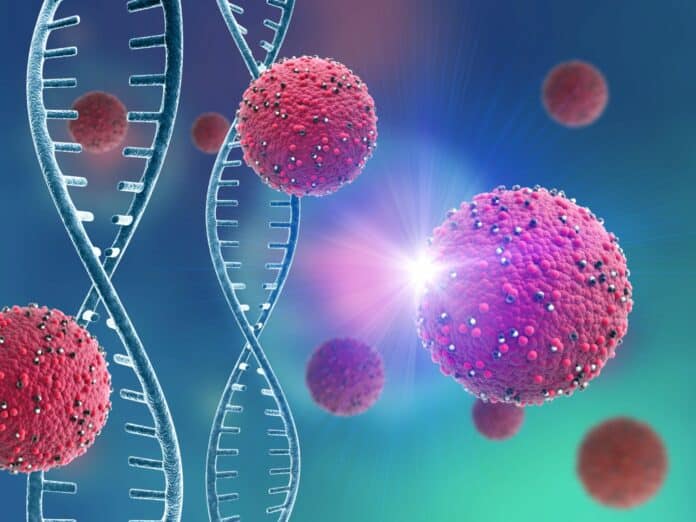Mitochondria are like the power plants of cells, making energy. They have their own instructions (DNA) that carry important information. Mistakes in these instructions can lead to diseases like eye problems, issues with metabolism, and muscle diseases. These diseases are passed down from the mother to the child because all of the mitochondria in a baby come from the egg, not the sperm.
To prevent passing on diseases caused by specific mutations, a technique called spindle-chromosomal complex transfer (SCCT) is used. In this method, the nucleus of an unfertilized egg is moved to a healthy donor egg with good mitochondria. However, sometimes, a few disease-causing mitochondria from the mother can still end up with the transferred nucleus. If these mitochondria multiply during embryo development, they can cause diseases in some tissues.
A recent study proposes improvements to the spindle-chromosomal complex transfer (SCCT) method to lower the risk of passing on mitochondrial diseases during assisted reproduction. The study, published in PLOS Biology, suggests three critical changes to the usual SCCT procedure, involving using a finer glass tube and a more precise technique. These adjustments minimize the chances of transferring problematic mitochondria during the process.
First, they introduced sperm into the egg before removing the spindle-chromosomal complex. This was done to avoid prematurely activating a natural process normally paused until fertilization. Second, to start squeezing cytoplasm away from the complex, scientists transferred the spindle-chromosomal complex—12 micrometers for mice, 10 micrometers for humans—into an even narrower tube.
To separate the complex from the cytoplasm further, the scientists used a pipette to aspirate the cytoplasm/complex into a viscous chemical solution. This procedure was dubbed “swinging away” the transported cytoplasm. They moved the complex into the ready-enucleated egg cell after it had mostly lost its cytoplasm.
The modified procedure succeeded in mice, leading to the normal development of embryos and healthy offspring. Notably, there was no sign of an increase in the mitochondrial population from the donor egg in the tissues of the offspring. In human eggs, the amount of mitochondria transferred from the donor egg was only about 4% of that in the standard protocol. Additionally, there was no evidence of damaged chromosomes, and the early embryonic development rates were high.
Qifeng Lyu from Shanghai Jiao Tong University School of Medicine, China, said, “This novel protocol should reduce mitochondrial DNA carryover to the lowest level currently possible, reducing the risk of development of genetic disease in the offspring of maternal carriers. However, we have not yet been able to conclude that this procedure is adequately safe in the clinic for preventing the transmission of inherited mitochondrial DNA diseases, and further research will be needed before clinical translation of this procedure.”
“We highlight that the MRR-SCCT strategy demonstrated not only efficient residue removal of mtDNA but also fantastic embryo development in mouse and human oocytes.”
Journal Reference:
- Liao X, Li W, Lin K, Jin W, Zhang S, Wang Y, et al. (2023) Significant decrease of maternal mitochondria carryover using optimized spindle-chromosomal complex transfer. PLoS Biol 21(10): e3002313. DOI: 10.1371/journal.pbio.3002313
